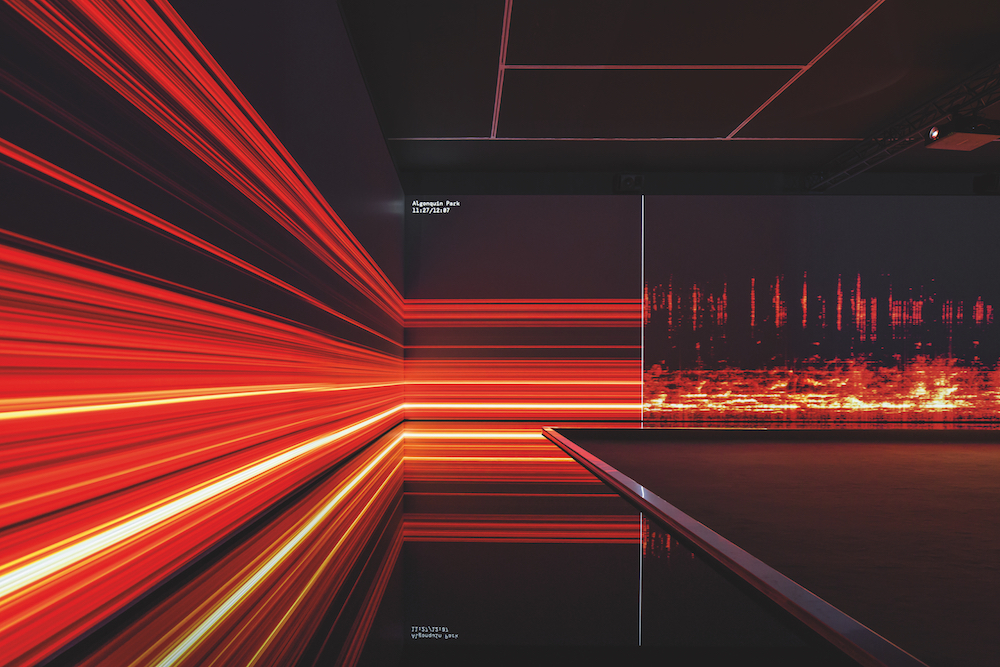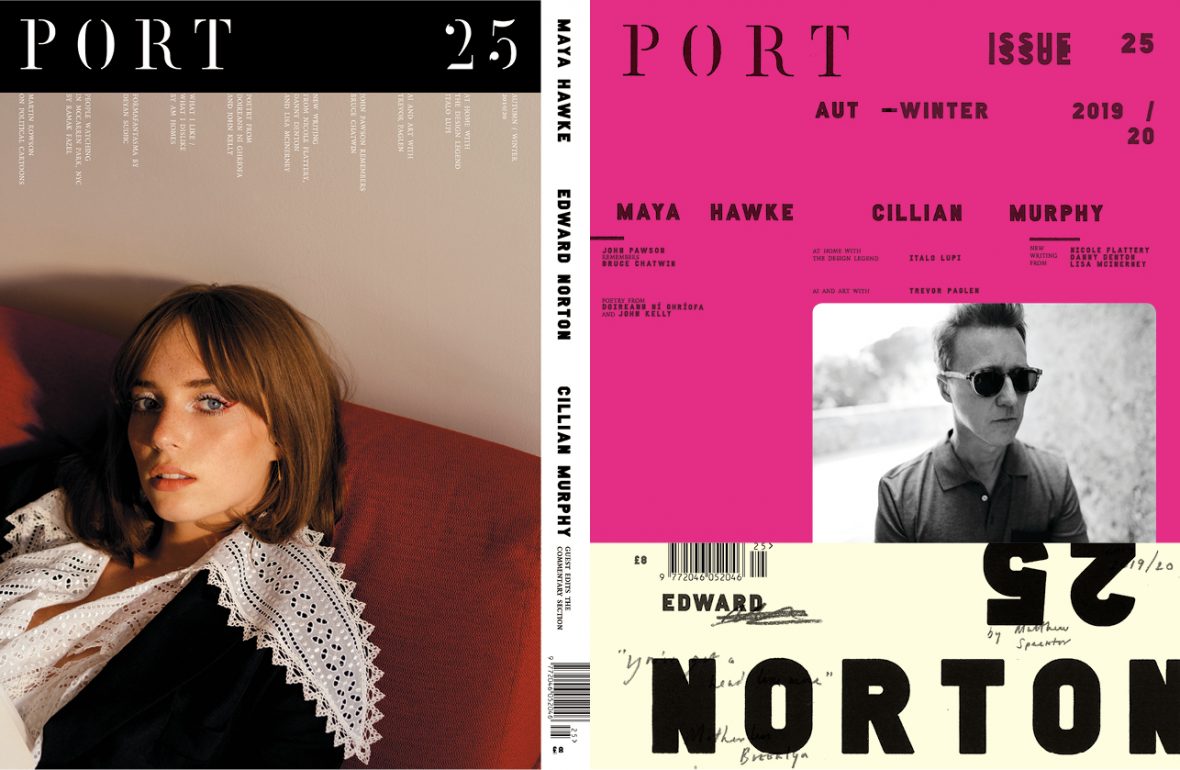Thea Hawlin explores the music of the ecosphere

Bernie Krause first recorded the sounds of the natural world by chance. In 1968, while making an album with fellow electronic-music pioneer Paul Beaver, it fell to Krause to source a natural soundscape in the park. He feels lucky that it did: “As soon as I switched on my machine and heard the breadth and detail of the habitat through my headphones, I made the decision then and there to find a way to record those sounds for the remainder of my life.”
Krause was only 30, but as a musician, and a representative for the fledgling Moog synthesisers, he’d already collaborated with many musicians and directors. Most famously he was one of the repeatedly fired and re-hired hands on the set of Apocalypse Now. Yet in 1979 he quit the world of music and film and began the “refreshing” transition to bioacoustics. “Working at sea, in the forests and plains, made me feel alive and connected to life in a way that no other activity did.”
Following a PhD in biophonics, Krause published The Great Animal Orchestra, which detailed his work recording natural environments around the world. It caught the imagination of Hervé Chandès, director of Paris’s Cartier Foundation for Contemporary Art, who envisioned a large public installation based around Krause’s soundscapes. Converted into particles of light by London-based studio United Virtual Artists, the recordings became a responsive, three-dimensional electronic artwork; an immersive experience in which ribbons of light travel across the walls of the gallery, visualising the depths of the sound-worlds.
Krause’s archive includes more than 5,000 hours of recordings from 2,000 habitats; of the 15,000 species recorded, around 50 per cent come from habitats that have since been destroyed. “Everything about this installation speaks to the issue of climate change,” he says. “Every habitat represented is now either completely gone, or so seriously compromised that it is unrecognisable.”
But Krause is optimistic about the project’s impact: “Hopefully, once visitors experience the splendour of the world expressed here, they will be inspired to respond in ingenious ways… The future belongs to those who can hear it coming.” Nature, as Krause makes clear, is a universal language – one we need to listen to before it’s too late.

This article is taken from issue 25. To buy the issue or subscribe, click here